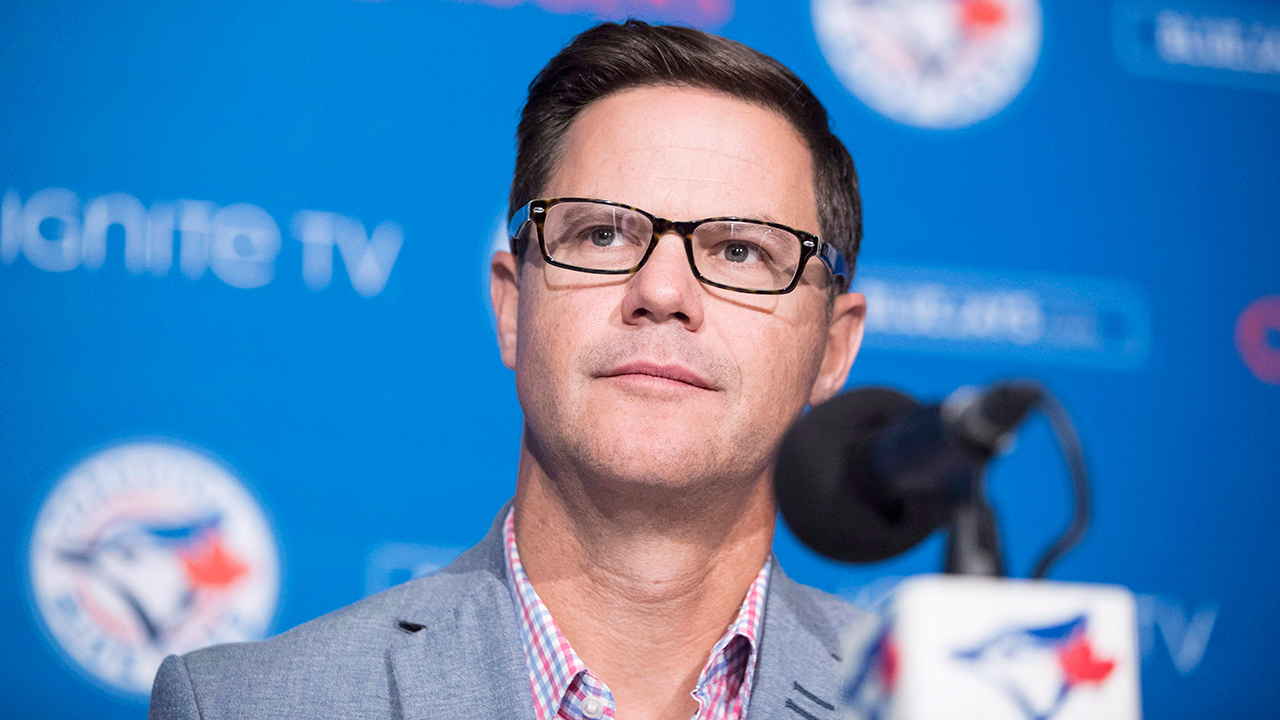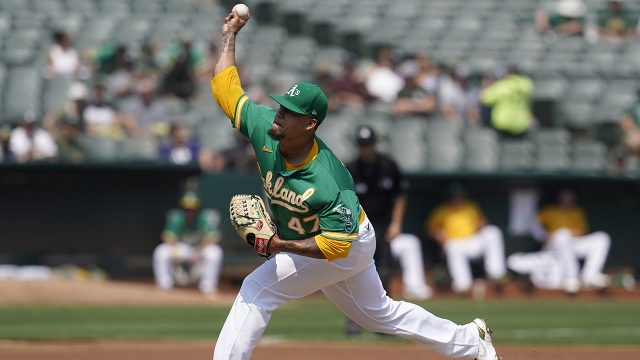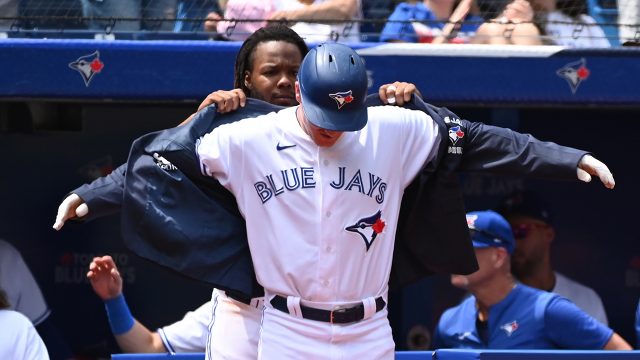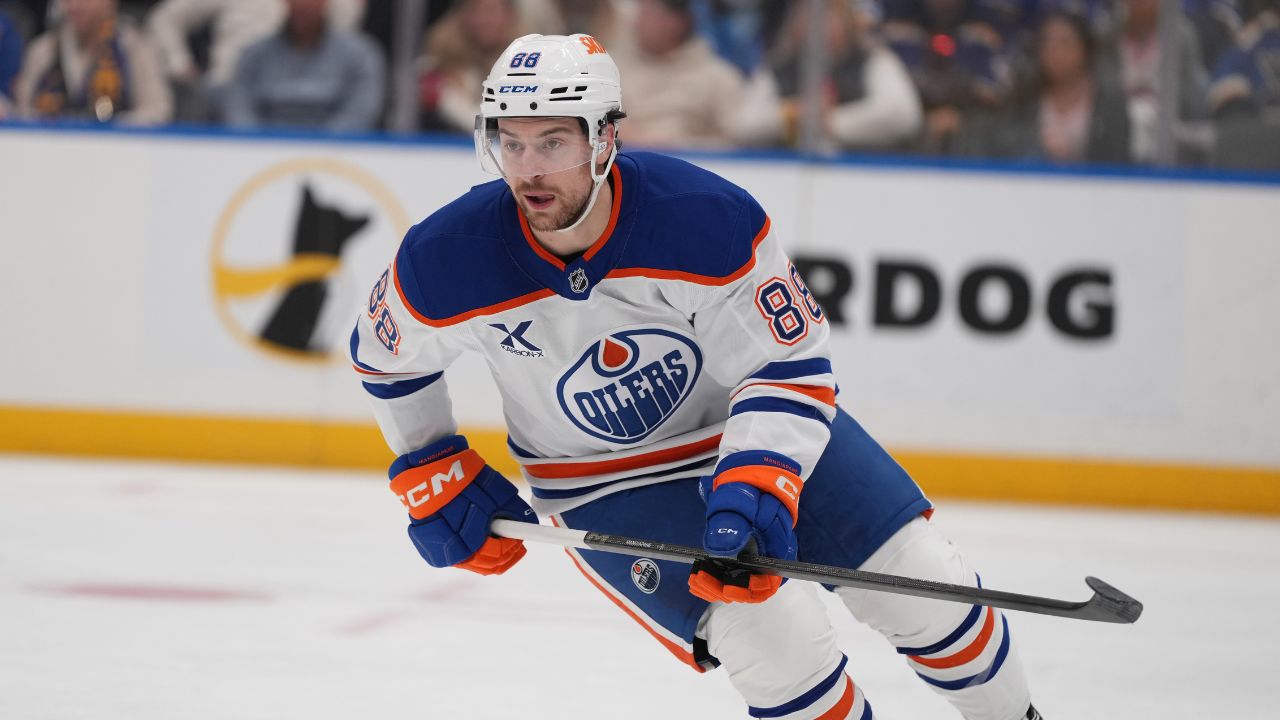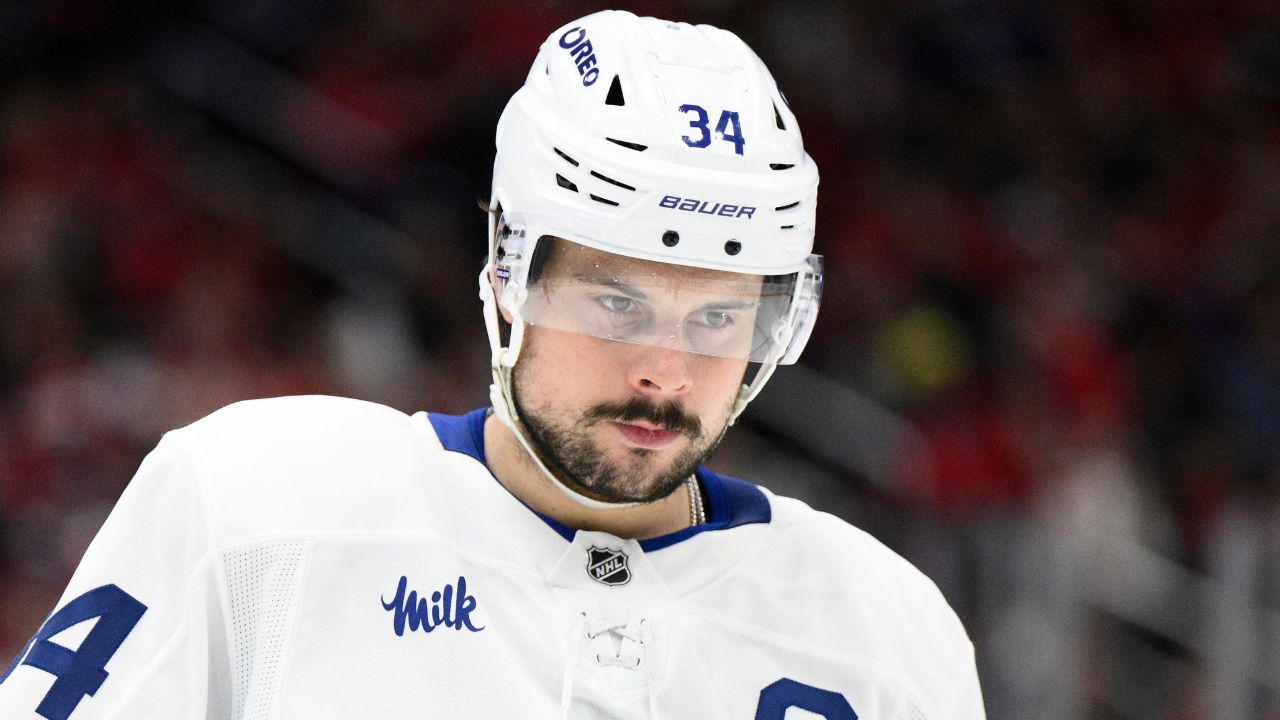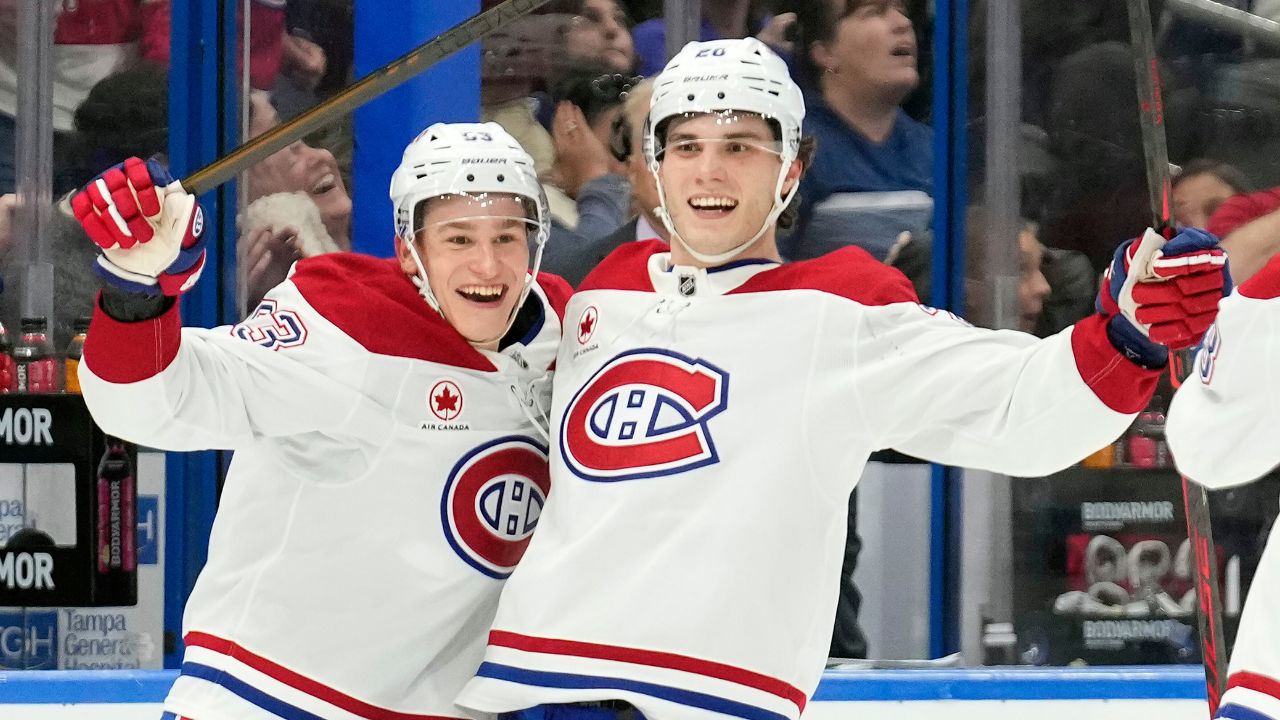
TORONTO — On the eve of the 2022 trade deadline, the pitching market has started to pick up with the Padres acquiring Josh Hader from Milwaukee, the Yankees acquiring reliever Scott Effross and the Athletics appearing to make progress on a Frankie Montas trade.
So far, the Blue Jays have been quiet, but with clear needs, desirable prospects and a history of busy deadlines there’s reason to believe moves are coming. In the meantime, here are some observations about where the Blue Jays stand, what fits their roster best and what’s coming next.
The case for relievers
It’s easy for front office executives to talk themselves out of trading good prospects for relievers. They’re volatile and they pitch relatively few innings — yet they’re often still expensive. The risk is high, the cost is high, the hesitation follows. If you assess reliever trades with WAR, the team sending the reliever out of town usually wins.
But consider this point, made recently by a longtime baseball person: when your season’s on the line, who’s holding the ball? The 8th inning of Game 3 of the Wild Card series, for instance? Or the ninth inning of Game 6 of the ALCS? More often than not, it’s a reliever.
So, as useful as WAR is at capturing the relative value of players over the course of 162 games, it doesn’t capture the significance of relievers to a deep playoff run. And yes, reliever performance is volatile. There’s absolutely risk you overpay for an underwhelming 20-inning sample. But the bigger risk? Handing the ball to a mediocre pitcher with your season on the line.
Right now, Jordan Romano and Yimi Garcia are pitching like relievers who deserve the ball in the highest of high-leverage situations. Beyond those two, who on this Blue Jays staff truly fits that description? David Phelps, Adam Cimber and Tim Mayza have all been effective, but their strikeout rates are below average for relievers, so there’s still a need here.
By all accounts, the Blue Jays are motivated to bolster their pitching staff, checking in on relievers and starters in the hopes of finding reinforcements. Of course, there’s plenty of competition on that front.
“Sounds like every team,” noted another person familiar with the trade market.
The thing is, not every team has the same opportunity ahead of them that the Blue Jays do. Already, they’re the third-best team in the American League, trailing only the Yankees and Astros. Even without reinforcements, they could likely reach the playoffs.
Yet, there’s a case to be made for trading good prospects to be sure John Schneider has enough late-game options. Put simply: it’s hard to see how the Blue Jays make it through four playoff series without more high-end relief. With it, they could be scary.
Bat-only types need not apply
In the recent past, the Blue Jays have shown interest in DH types, including Nelson Cruz, but such players no longer fit as neatly onto the Toronto roster.
To this point in the season, George Springer has made about a quarter of his appearances at DH (21 of 88) but his sore right elbow is enough of a concern that he has missed three of the Blue Jays’ nine second-half games. More DH time may be required, and that’s before we get to Alejandro Kirk, the Blue Jays’ best hitter so far in 2022.
Between those two and the occasional partial day off for Vladimir Guerrero Jr., most of the Blue Jays’ DH at-bats appear to be spoken for. With that in mind, any position players the Blue Jays consider likely have to be able to contribute on defence, too.
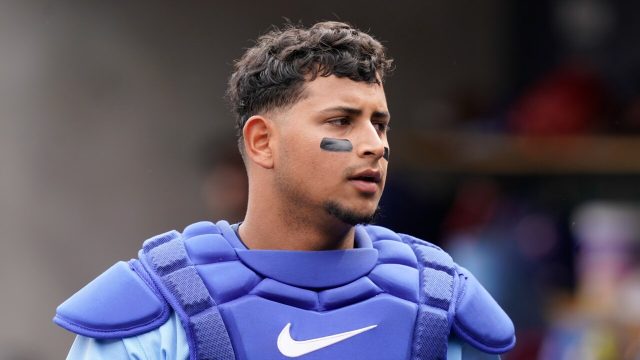
Last call…
Under the previous rules, when players could be dealt in August as long as they cleared waivers, this Blue Jays front office may well have continued trading for another few weeks. Even if not, the possibility of trades created flexibility for GMs in case of unexpected injuries.
That was especially true for teams willing to take on payroll and, while the Blue Jays aren’t reckless spenders, they clearly belong in that category. They’ve taken on money at each of the last two deadlines and have publicly indicated they can do so again. Along those lines: while the details aren’t yet clear and may not be until the expiration of his contract, it’s believed that the Blue Jays will receive at least some financial relief on Hyun-Jin Ryu’s four-year, $80-million deal (Tommy John surgery limited Ryu to six starts in 2022 and will cost him most or all of the 2023 season, after which he becomes a free agent).
Now, however, the possibility of trading for a second wave of reinforcements in August no longer exists. The Blue Jays don’t have the luxury of letting Springer’s situation play out for another few weeks; they must decide now whether to backfill. The same goes for the pitching staff. As Alek Manoah’s scare showed over the weekend, the Blue Jays are one comebacker away from trouble.
It starts with internal assessment — knowing your own players. But GMs may want to seek help proactively since this is their last chance to add meaningfully before the playoffs.


